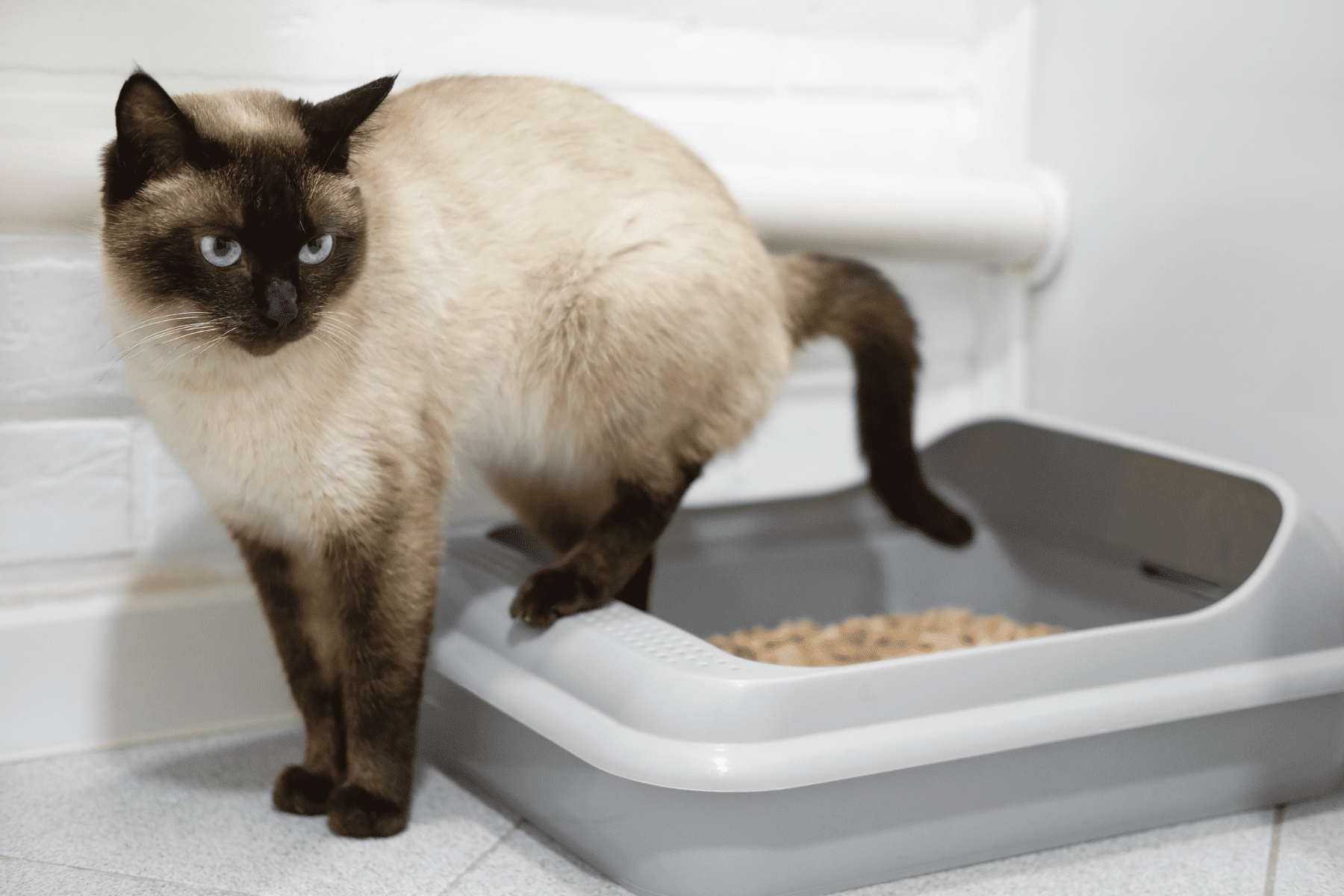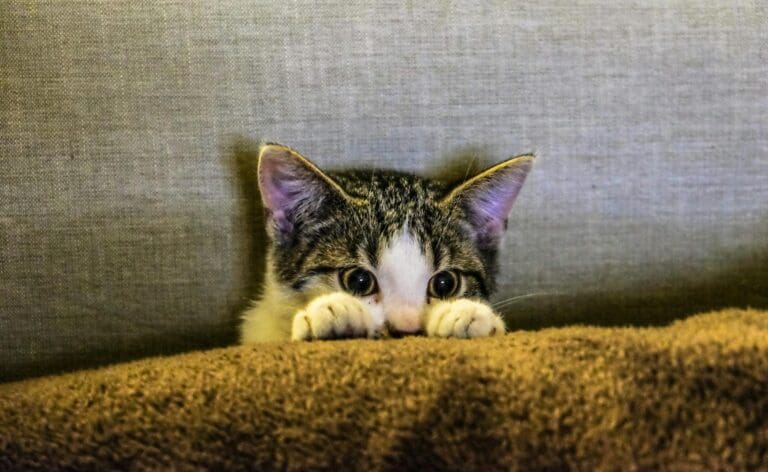You’ve provided a clean litter box, quality litter, and a convenient location, so why is your cat suddenly using your carpet as its own personal toilet? Litter box mistakes are more common than you might think, and even small mistakes can result in bathroom issues that annoy cats and owners alike.
Most cat litter box problems come from the best of intentions that simply don’t agree with cats. Here are the most frequent mistakes and easy solutions to make the litter box a peaceful kingdom.
Wrong Box Size and Placement
Most owners choose litter boxes based on the availability of space rather than their cat’s needs. The most prevalent error is to buy a particular litter box so that it will fit into a cluttered space or a cramped area and be out of sight. Your cat must have room to turn around and dig in the box.
Most prevalent placement and size errors:
- Too small: Boxes must be at least 1.5 times the length of your cat
- Out of sight: Avoid basements, closets, or hidden areas
- Too close to food: Cats prefer a space between the eating and bathroom areas
Place the litter box where your cat can easily access it, but not in the path of too much foot traffic. Whiskers, a mature Maine Coon, would not accept his basement litter box when arthritis made climbing stairs a painful chore. Moving the box to the main floor immediately solved the problem.
Read More: 10 Adorable Things Your Cat Does When You’re Not Home
Scented Litters and Harsh Cleaners
Cats don’t tend to like strong smells, and most humans use fragrant litter to mask litter box smells. Pleasant scents that are nice to people can be overwhelming to the discerning cat nose, making them seek out other bathroom locations.
Avoid using a strongly fragrant cleanser to disinfect the box. Instead, do a weekly deep clean with warm water and mild, fragrance-free soap.
Safe cleaning alternatives:
- Unscented clumping litter: Most cats prefer the unscented variety
- Warm water rinse: Daily spot cleaning using plain water
- White vinegar solution: Natural odor remover when mixed with equal parts water (1:1 ratio)
Read More: 10 Tips for Caring for a Pregnant Cat
Not Adhering to the “Plus One” Rule
For multi-cat households, one box for each cat, plus one, is what the owner should have. This prevents territorial battles and ensures clean boxes are always available. Single-cat households also get to have multiple boxes, especially for multi-story homes.
Multi-box benefits:
- Less competition: Removes territorial stress among cats
- Backup options: Clean alternatives when one box has to be maintained
- Odor control: Disperses waste over multiple containers
Incorrect Litter Depth and Lack of Regular Cleaning
Most cats do not like a deep litter, and a depth of two to three inches is ideal. Too much litter is difficult to dig in, whereas too little does not give the waste sufficient cover. Daily scooping prevents odors from accumulating and driving cats away from their boxes.
Proper maintenance schedule:
- Daily: Scoop out all waste and clumps
- Weekly: Completely change litter and clean the box
- Monthly: Vinegar solution deep cleaning if needed
Renovating Your Litter Box Setup
Fixing litter box mistakes typically requires a number of minor adjustments, not drastic changes. Start with the most obvious issues—size, location, and hygiene—before moving on to litter-type experimentation.
If your cat suddenly starts urinating or defecating on the floor outside the litter box, discuss the situation with your veterinarian to rule out medical causes before jumping to conclusions about behavioral issues.
Ready to create a feline-friendly bathroom visit? Begin with perfect litter box placement in a peaceful, convenient location, and provide adequate boxes for your family’s needs.
Read More: Top 10 Simple Tricks to Help Calm Your Moody Cat






